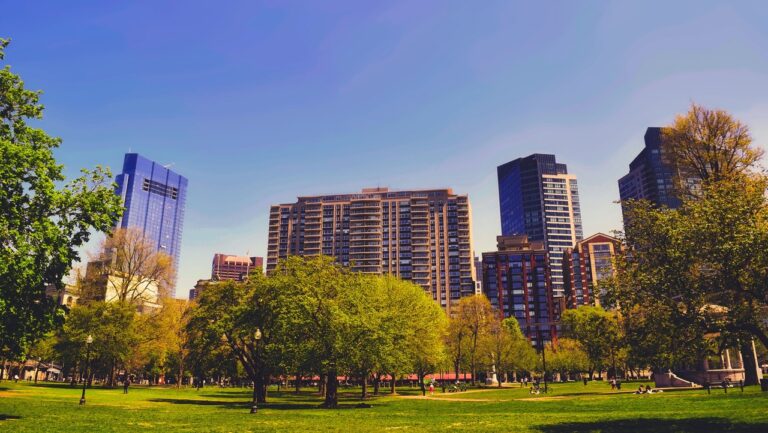Physical Address
304 North Cardinal St.
Dorchester Center, MA 02124
Physical Address
304 North Cardinal St.
Dorchester Center, MA 02124

Believe it or not, the YIMBY movement won a lot in 2018. It kicked off with January’s high of California State Senator Scott Wiener’s introduction of SB 827, which would have permitted multifamily development near transit across the state, but fell to a low after its eventual defeat in committee, invariably followed by a flurry of think pieces about how the pro-development movement had “failed.” At the time, I made the case for optimism over on Citylab, but that didn’t stop the summer lull from becoming a period of soul searching within the movement. And then, a strange thing happened: YIMBYs started winning, and winning big. In August, presidential-hopeful Senator Cory Booker released a plan to preempt exclusionary zoning using Community Development Block Grant funds, quickly followed by a similar plan from Senator Elizabeth Warren in September. Also in August, Housing and Urban Development Secretary Ben Carson unexpectedly outed himself as a YIMBY. Then, in December, things really got crazy: two major North American cities, Minneapolis and Edmonton, completely eliminated single-family zoning. States like Oregon soon started talking about doing the same. In the same month, California kicked into overdrive: San Francisco—ground zero for the YIMBY movement—scrapped minimum parking requirements altogether. State Senator Wiener introduced a newer, sharper version of SB 827. And rolling into 2019, elected officials at every level of California government—from the state’s new Democratic governor to San Diego’s Republican mayor—are singing from the YIMBY hymn sheet. All in all, it wasn’t a bad year for a movement that’s only five years old. But what really made 2018 such an unexpected success for YIMBYs? Focus on Citywide Reform Over Individual Rezonings Showing up and saying “Yes!” to individual projects that are requesting a rezoning, variance, or special permit is bread-and-butter YIMBY activism. And while YIMBYs should still […]

With the Democrats scrambling to come up with a legislative agenda after their November takeover of the House of Representatives, an old idea is making a comeback: a “Green New Deal.” Once the flagship issue of the Green Party, an environmental stimulus package is now a cause de celebre among the Democratic Party’s progressive wing. While it looks like the party leadership isn’t too receptive to the idea, newly-elected Representative Alexandria Ocasio-Cortez has spearheaded legislation designed to create a “Select Committee for a Green New Deal.” The mandate of the proposed committee is ambitious, possibly to a fault. At times utopian in flavor, the committee would pursue everything from reducing greenhouse gas emissions to labor law enforcement and universal health care. A recent plan from the progressive think tank Data for Progress is more disciplined, remaining focused on environmental issues, with clearer numerical targets for transitioning to renewable energy and reducing greenhouse gas emissions. Yet in all the talk about a Green New Deal, there’s a conspicuous omission that could fatally undermine efforts to reduce greenhouse gas emissions: little to no focus is placed on the way we plan urban land use. This is especially strange considering the outsized role that the way we live and travel plays in raising or lowering greenhouse gas emissions. According to the Environmental Protection Agency (EPA), transportation and electricity account for more than half of the US’ greenhouse gas emissions. As David Owen points out in his book “Green Metropolis,” city dwellers drive less, consume less electricity, and throw out less trash than their rural and suburban peers. This means that if proponents of the Green New Deal are serious about reducing carbon emissions, they will have to help more people move to cities. One possible reason for this oversight is that urban planning […]